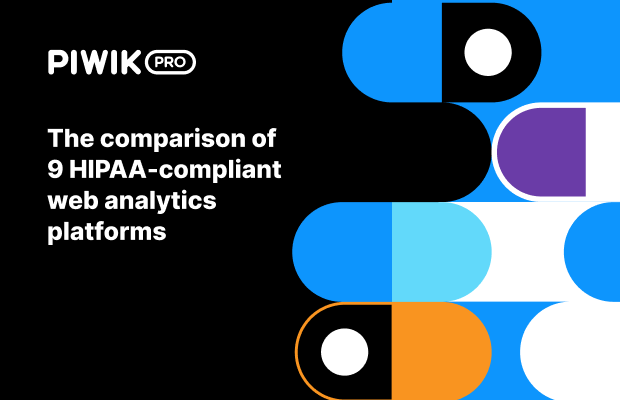Privacy-enhancing technologies (PETs) are a category of tools, techniques, and approaches designed to protect individuals’ privacy while allowing them to interact with technology and share information. PETs aim to empower users to maintain control over their personal data and limit the exposure of sensitive information to unauthorized parties. These technologies are particularly important in the context of increasing concerns about data privacy and security in the digital age.
Key characteristics and examples of privacy-enhancing technologies include:
- Data anonymization and pseudonymization: Techniques that remove or disguise personally identifiable information (PII) from data sets, making it more difficult to identify individuals. Examples include data masking, tokenization, and anonymization algorithms.
- Encryption: The process of converting data into a form that can only be accessed or decrypted by authorized parties. This ensures that data remains confidential and secure, even if it is intercepted by unauthorized users. Examples include end-to-end encryption, secure sockets layer (SSL), and transport layer security (TLS).
- Privacy-preserving authentication: Methods for verifying users’ identities without revealing sensitive information such as passwords or biometric data. Examples include zero-knowledge proofs, anonymous credentials, and cryptographic protocols like Secure Multi-Party computation (SMPC) or homomorphic encryption.
- Differential privacy: A technique for analyzing and sharing data in a way that protects the privacy of individuals by adding noise or randomness to the data while still allowing useful insights to be derived. This prevents the disclosure of specific information about individuals while preserving the overall statistical properties of the data.
- Privacy-enhanced data storage and processing: Technologies that enable secure and private storage, sharing, and processing of data while minimizing the risk of unauthorized access or data breaches. Examples include secure enclaves, federated learning, and decentralized storage platforms.
- Privacy-focused browsers and tools: Web browsers and software applications that prioritize user privacy by blocking tracking cookies, preventing data collection, and offering features such as private browsing modes and ad blockers.
- Privacy by design principles: Design approaches that integrate privacy considerations into the development of technology systems and products from the outset. This includes adopting data minimization practices, implementing privacy policies and controls, and conducting privacy impact assessments.
Privacy-enhancing technologies play a crucial role in safeguarding individuals’ privacy rights in an increasingly interconnected and data-driven world. By incorporating these technologies into digital systems and processes, organizations can help mitigate privacy risks, build trust with users, and comply with privacy regulations and standards.
You might also like:









